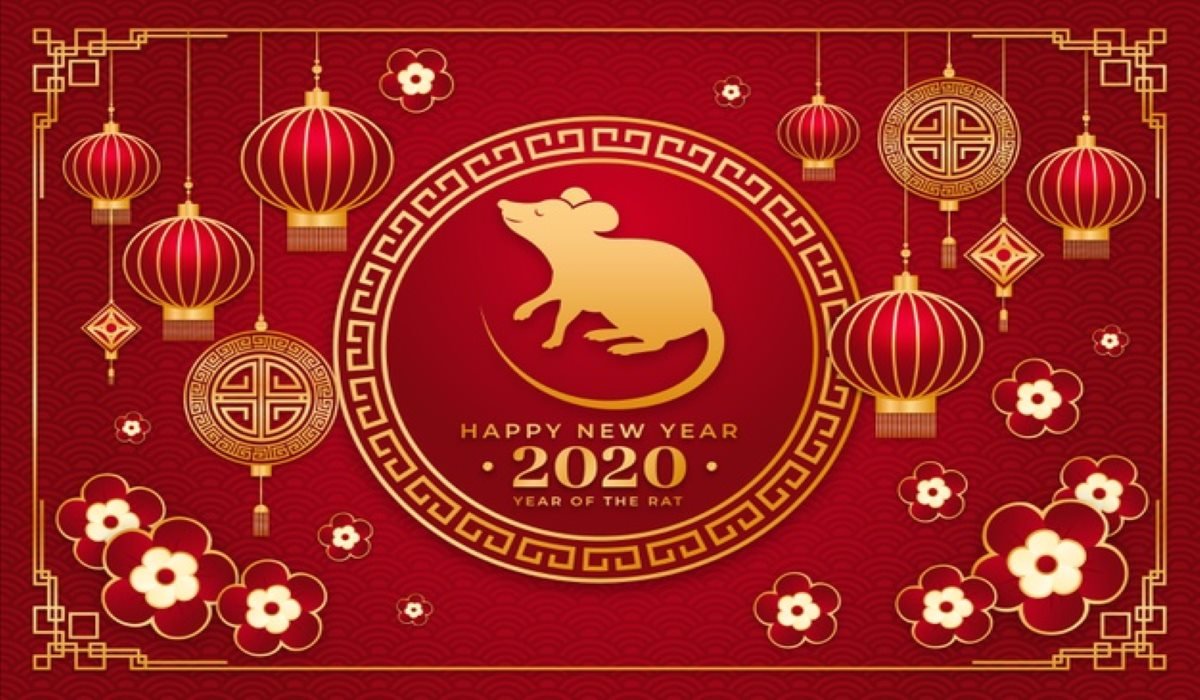 |
| Screenshot taken from Wuhan Coronavirus (2019-nCoV) Global Cases (by JHU CSSE) |
"Open-access (OA) literature is digital, online, free of charge, and free of most copyright and licensing restrictions." -- Peter Suber
For students OA means being able to access online, scholarly literature without having to pay fees for a single article or pay a higher tuition that affords access to scholarly literature using your myRedlands username and password.
For alumni OA means not losing access to online, scholarly literature once you've graduated.
For authors OA means opting to remove barriers that inhibit scholarly communication, and wrestling with costs and uncertainties that come with using newer business models.
For the world OA means speedy and barrier-free access to information, research collaborations, and lives saved. Here's a rough timeline so far.
- December 31, 2019: The World Health Organization (WHO) learns of Wuhan's string of pneumonia-like cases.
- January 10, 2020: Researchers in China release the genomic sequence of the Wuhan coronavirus to GenBank, an OA repository and database from the National Institutes of Health (NIH).
- January 11, 2020: Andrew Mesecar, biology professor at Purdue, redirects his lab to analyze the DNA sequence; scientists from NIH's Rocky Mountain Laboratories in Montana takes steps to study the sequence in their labs.
- January 22, 2020: NIH scientists publish a preprint of their analysis in bioRxiv, a preprint OA repository. About twelve hours later, scientists in China confirm that analysis.
"Rapid access to sequence data from public databases such as GenBank plays a vital role in helping countries develop specific diagnostic kits for disease outbreaks like this one." -- NCBI Insights
"This is one of the first times we’re getting to see an outbreak of a new virus and have the scientific community sharing their data almost in real time, rather than have to go through classic route of going through the journals.” -- Michael Letko, Postdoctoral Fellow, Rocky Mountain Laboratories, National Institute of Allergy and Infectious Diseases, National Institutes of Health.
“The pace is unmatched... [OA is still] really new.” -- Karla Satchell, Professor of Microbiology-Immunology, Feinberg School of Medicine, Northwestern University.
Open sharing of research offers many public benefits, yet much work remains to make it the default way of doing, publishing, and sharing research. To learn more, talk with a librarian about current efforts to promote more open practices with textbooks and research.
----------------
Sources include:France, Presse (Jan 22, 2020) "Coronavirus timeline: from Wuhan to Washington state," The Guardian, Available from: https://www.theguardian.com/science/2020/jan/23/coronavirus-timeline-from-wuhan-to-washington-state
Johnson, Carolyn Y. (Jan 24, 2020) "Scientists are unraveling the Chinese coronavirus with unprecedented speed and openness", The Washington Post, Available from: https://www.washingtonpost.com/science/2020/01/24/scientists-are-unraveling-chinese-coronavirus-with-unprecedented-speed-openness/






